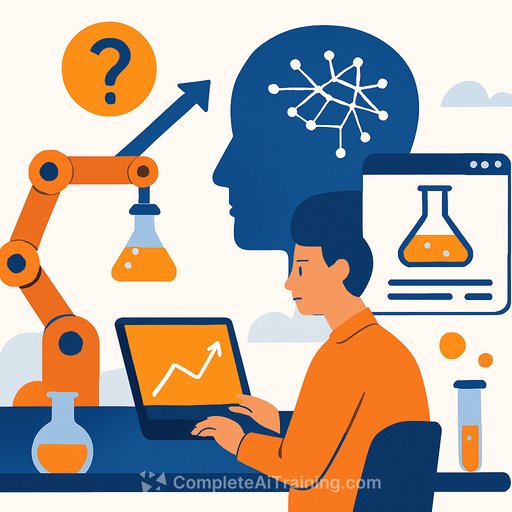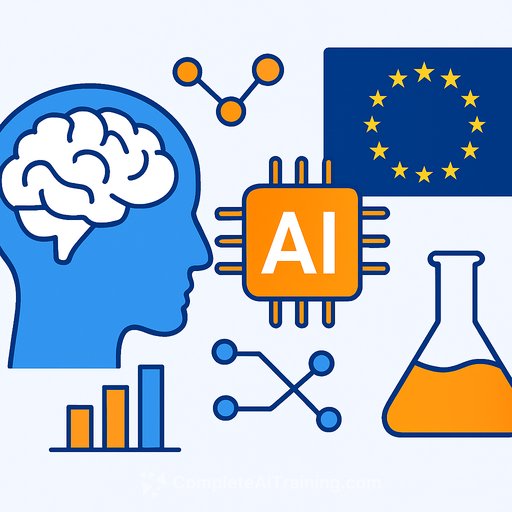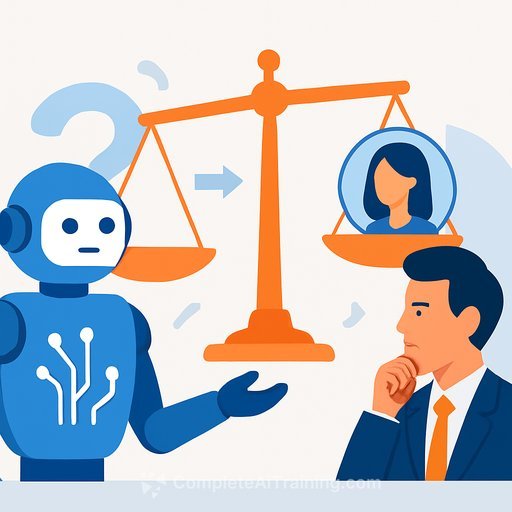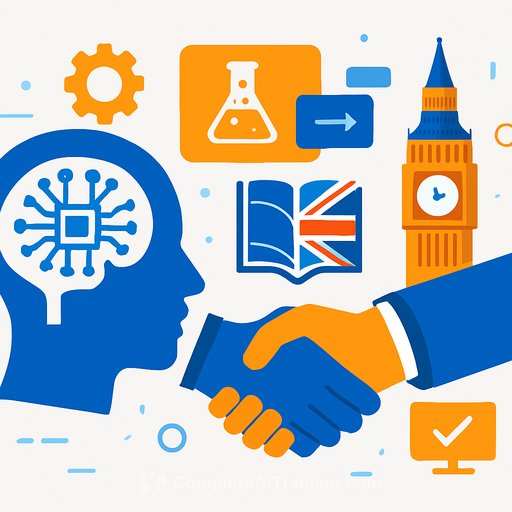Allen Institute for AI (AI2) Launches AutoDS: An Autonomous Engine for Open-Ended Scientific Discovery
The Allen Institute for Artificial Intelligence (AI2) has introduced AutoDS (Autonomous Discovery via Surprisal), a prototype engine that pushes scientific discovery beyond traditional AI assistants. Unlike systems that rely on predefined goals or queries, AutoDS independently generates, tests, and refines hypotheses by seeking out Bayesian surprise—a rigorous measure of genuine discovery that identifies findings even outside human expectations.
From Goal-Driven Research to Open-Ended Exploration
Conventional autonomous scientific discovery usually tackles specific questions: propose hypotheses related to a target problem and validate them experimentally. AutoDS takes a different path. Inspired by the curiosity of human scientists, it operates without preset goals, deciding which questions to ask and which hypotheses to pursue. This open-ended approach demands strategies for efficiently exploring vast hypothesis spaces and prioritizing promising leads.
To meet this challenge, AutoDS formalizes “surprisal” as the shift in belief about a hypothesis before and after evidence is gathered, providing a quantifiable way to identify meaningful discoveries.
Measuring Bayesian Surprise with Large Language Models
AutoDS uses advanced large language models (LLMs), such as GPT-4o, as probabilistic observers. For each hypothesis, the system collects belief estimates from the LLM both before and after testing, representing these as probability distributions modeled by Beta distributions.
The key step is calculating the Kullback-Leibler (KL) divergence between the posterior and prior Beta distributions. This divergence quantifies the Bayesian surprise—how much the evidence shifts the LLM’s belief. Only significant belief changes that cross a set threshold (for example, flipping from likely true to likely false) count as genuine discoveries, filtering out trivial updates.
Efficient Hypothesis Search Using Monte Carlo Tree Search
Exploring a vast hypothesis space requires more than random sampling. AutoDS employs Monte Carlo Tree Search (MCTS) with progressive widening to navigate efficiently. Each node in the search tree represents a hypothesis, while branches extend to related hypotheses based on previous results.
This method balances exploration of new ideas with exploitation of promising leads, avoiding pitfalls of greedy or beam search strategies. Testing across 21 datasets in biology, economics, and behavioral science showed AutoDS discovered 5–29% more surprising hypotheses compared to standard baselines.
A Modular Multi-Agent Architecture Built on LLMs
AutoDS coordinates specialized LLM agents for distinct tasks in the scientific workflow:
- Hypothesis Generation
- Experimental Design
- Programming and Execution
- Results Analysis and Revision
To avoid redundancy, the system uses a hierarchical clustering approach combining LLM-generated text embeddings with semantic equivalence checks. This ensures the final set of findings contains only unique and meaningful discoveries.
Alignment with Human Judgment and Interpretability
Human evaluation is crucial. In tests involving experts with advanced STEM training, 67% of hypotheses that AutoDS flagged as surprising were also deemed surprising by human reviewers. The Bayesian surprise metric aligned better with expert judgment than other proxies like predicted “interestingness” or “utility.”
The nature of surprising results varied by field; for instance, confirmatory findings often needed stronger evidence to be considered surprising than falsifications. This highlights AutoDS’s sensitivity to domain-specific scientific standards.
Practical Implementation and Future Directions
AutoDS maintains high experimental validity, with over 98% of discoveries correctly implemented according to human review. While current versions rely on API-based LLMs with some latency, an alternative programmatic search mode offers faster, though less nuanced, outcomes.
Though still a research prototype, AutoDS’s architecture and performance suggest a promising direction for scalable, AI-driven scientific discovery.
Conclusion
AutoDS marks a shift from AI systems focused on predefined research goals to autonomous, curiosity-driven exploration. By anchoring discovery in Bayesian surprise and combining efficient search algorithms with modular LLM agents, it opens new possibilities for AI to complement and possibly lead scientific research efforts.
Your membership also unlocks:






